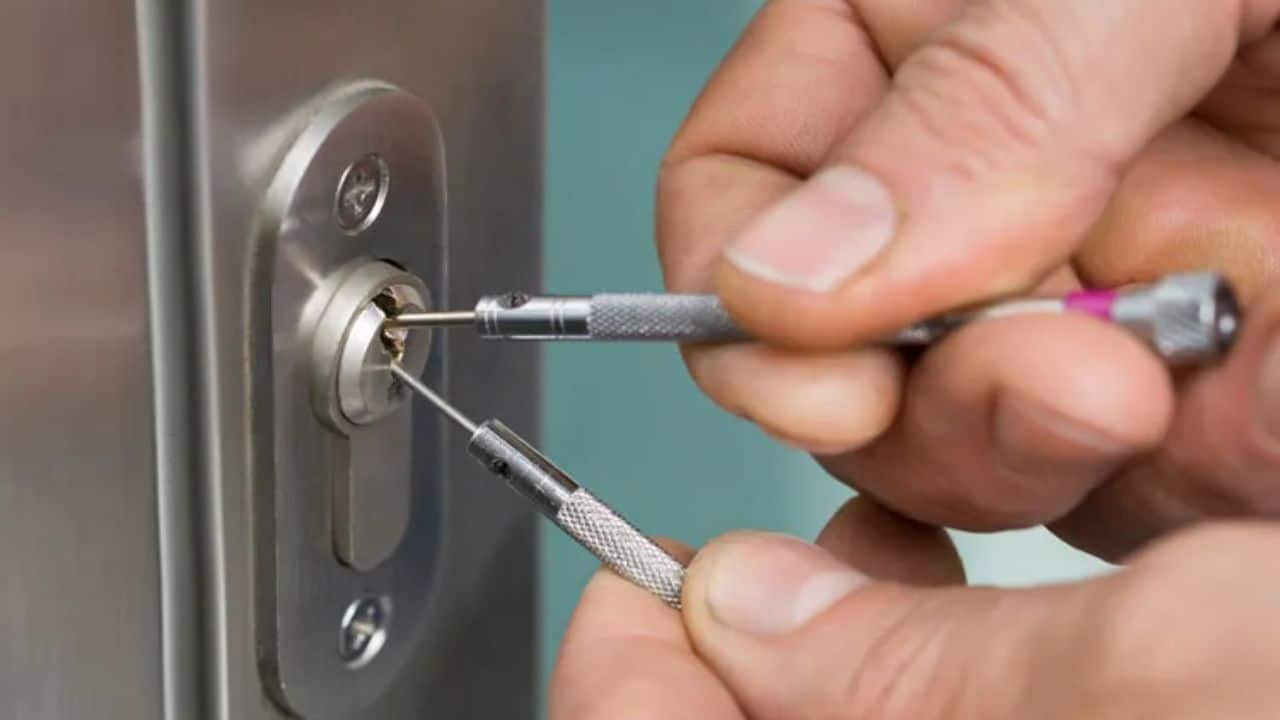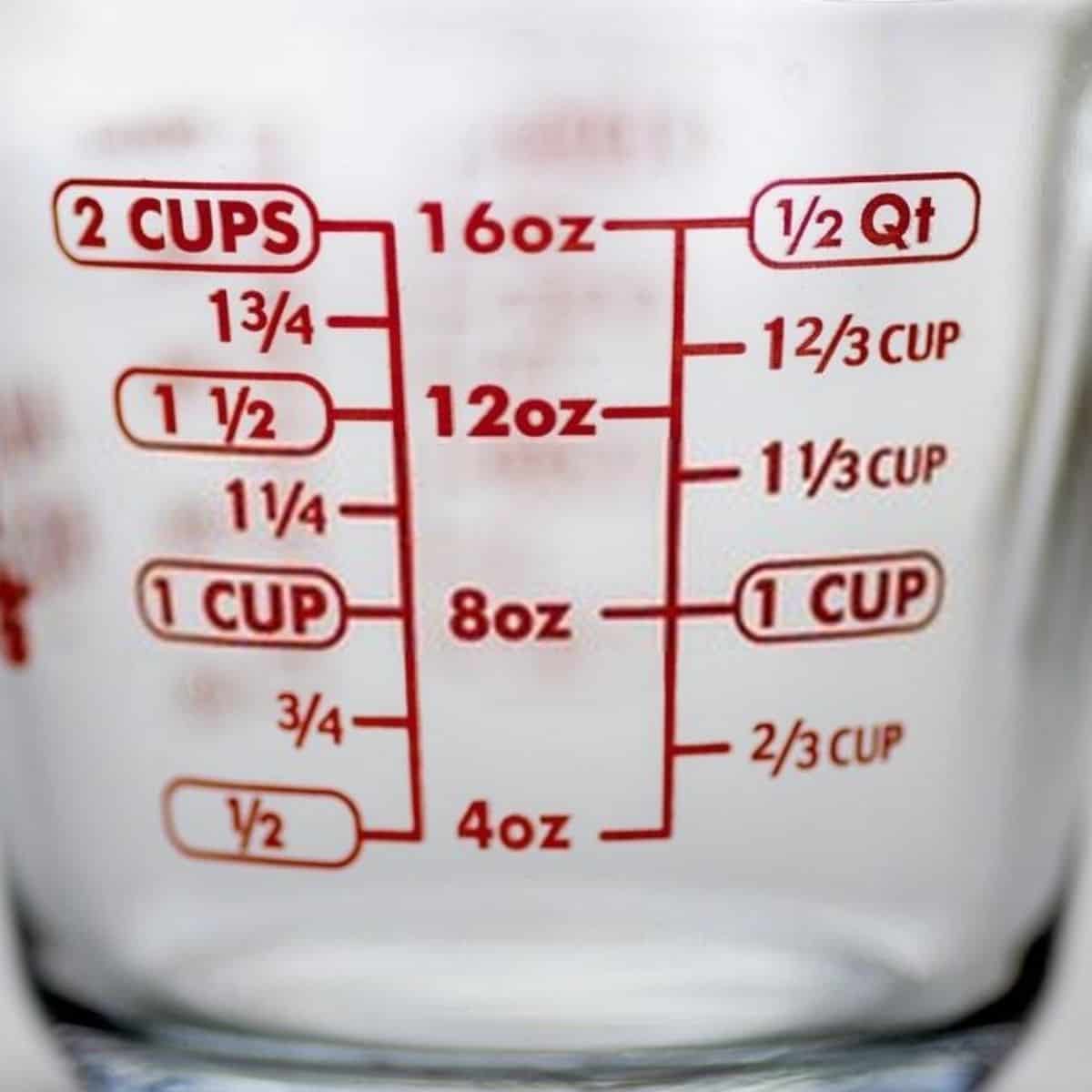Babies are the most adorable creatures and a gift every expecting parent would welcome with wide open arms. But how are babies made? Is sex enough to make babies? Find the answer to these questions in this article.
We will also talk about what happens to the sperm and egg after you have sex and so much more. Meanwhile, below is our table of contents.
Table of contents
How Are Babies Made?
Babies are typically created through sexual reproduction, which involves the fertilization of an egg by a sperm. Here’s a simplified explanation of how this process occurs:
Sperm Production: In males, sperm cells are continuously produced starting at the onset of puberty. Millions of sperm are released during ejaculation.
Egg Production: Females are born with all the eggs they’ll ever have, and these eggs are stored in the ovaries. Normally, one egg is released each month, starting at the beginning of menstruation and continuing until menopause.
Ovulation: About midway through the menstrual cycle (typically between days 12 and 16 of a 28-day cycle), the mature egg is released from one of the ovaries. This process is called ovulation.
Fertilization: For pregnancy to occur, a sperm must reach the released egg within a specific timeframe. This usually happens in the fallopian tube, where the sperm penetrates the egg. This event is known as fertilization.
Zygote Formation: Once a sperm successfully fertilizes the egg, it forms a single cell called a zygote. This cell contains a unique combination of genetic material from both the mother and the father.
How Much is a Zip: Demystifying Slang and Understanding Cannabis Quantities
More About Babies Are Made
Embryo Development: The zygote undergoes rapid cell division and develops into an embryo.
Implantation: The embryo travels down the fallopian tube and enters the uterus. It attaches itself to the uterine lining in a process called implantation.
Pregnancy: Once implantation is successful, the woman is considered pregnant. The embryo continues to grow and develop into a fetus.
Birth: After approximately nine months of pregnancy, the fetus is ready to be born. This typically happens through the birthing process, either vaginally or via a cesarean section.
It’s important to note that while this is a simplified overview, many factors can influence fertility, and some couples may experience difficulties in conceiving. In such cases, medical assistance or fertility treatments may be sought.
Will Having An Orgasm Help You Get Pregnant?
Besides being pleasurable, that sensation known as an orgasm also has an important biological function. In men, having an orgasm propels sperm-rich semen into the vagina and up against the cervix, helping them reach the fallopian tubes minutes later. This gives sperm a head start on their way to the egg, which could help you get pregnant fast.
Advertisement | page continues below
Some researchers theorize a woman’s orgasm could help with conception – that the wavelike contractions associated with the female orgasm pull sperm farther into the cervix. But there’s no real evidence that having an orgasm will help you get pregnant.
Still, having an orgasm couldn’t hurt – and just might help – your chances of getting pregnant.
Does Lying on Your Back after Sex Help You Get Pregnant?
Many couples often ponder whether specific sexual positions can enhance their chances of conceiving. Some believe that certain positions promoting deeper penetration might be more effective, but there’s no scientific evidence supporting these claims.
The key to successful conception is to engage in sexual activities that are enjoyable for both partners and to ensure that it occurs frequently enough to have viable sperm present in the woman’s reproductive tract during ovulation. Generally, it’s advisable to aim for sexual activity every 1 to 2 days during the mid-cycle period.
At this stage, beyond maintaining a healthy and active sex life, there’s not much else you can do but keep your fingers crossed and hope for the best. Some may have heard that it’s beneficial for the woman to remain on her back after intercourse with a pillow beneath her hips to assist gravity in aiding sperm toward the awaiting egg. However, there’s no substantial evidence to confirm that this technique significantly improves the chances of pregnancy.
What happens to the sperm and egg after you have sex?
Following sexual intercourse, a complex process occurs within your body. Millions of sperm set out on a challenging mission to locate an egg, encountering various obstacles along the way.
Their journey starts with the acidic vaginal environment, which can be detrimental to sperm. Additionally, cervical mucus acts as a barrier, except during peak fertility, allowing a limited number of sperm to pass through.
The survivors continue their arduous voyage through the cervix, uterus, and fallopian tubes. Only a small fraction reaches the egg, while the remainder may become trapped or perish. It’s essential to note that your partner’s regular cannabis use can decrease sperm count and motility.
For the successful sperm, the next obstacle is penetrating the egg’s outer shell, which seals instantly upon entry.
Once this is achieved, the true miracle begins as the genetic material from the sperm combines with the egg’s, leading to rapid cell division and the development of a blastocyst. Pregnancy commences when the blastocyst implants in the uterus, typically occurring five to six days after fertilization.
The entire process can take a few more weeks before a missed period raises suspicions of pregnancy, which can be confirmed with a home pregnancy test.
How Tall is Johnny Depp: A Look at the Actor’s Stature and Screen Presence
How Are Babies Made: Conclusion
The process of creating a baby starts with the fusion of a sperm and an egg, leading to the development of an embryo and pregnancy. While the science behind conception is well-known, the emotional and personal aspects of this journey make it a profound and unique experience.
Whether through natural means or assisted reproductive techniques, the miracle of life remains a source of wonder and happiness for many.
References
- https://www.babycenter.com – How babies are made






